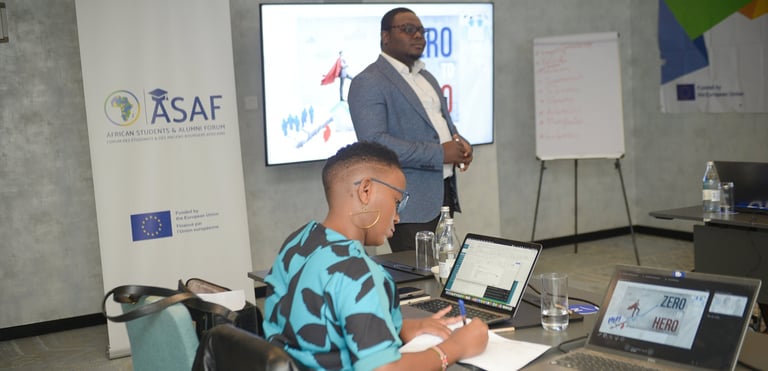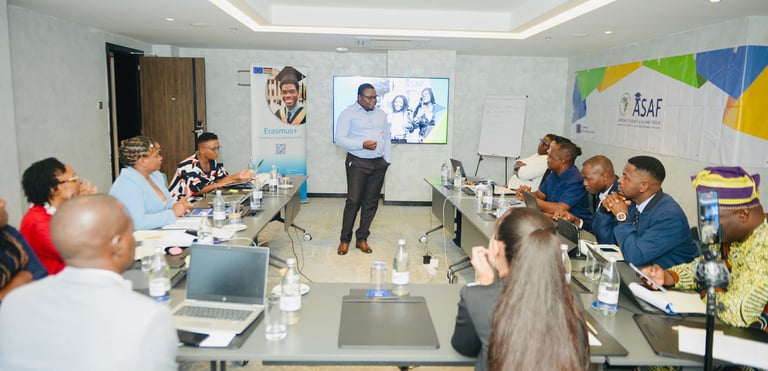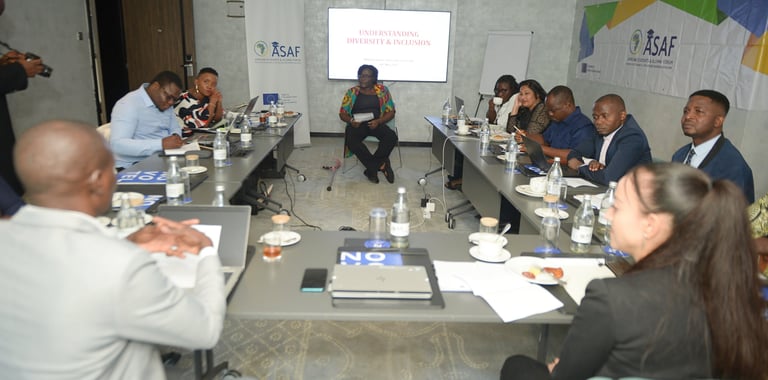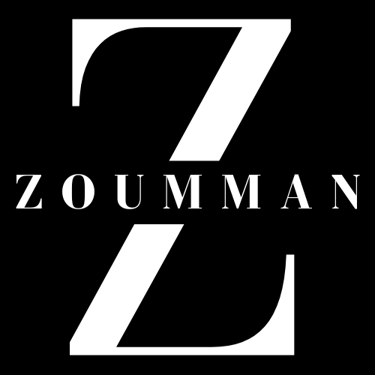Diversity and Inclusion: What If We Changed the Way We Look at It?
🗓 ASAF Trainers' Training – June 28 & 29, 2025 📍 Novotel Hotel Westlands, Nairobi (Kenya) On June 28 and 29, I had the privilege of co-facilitating, alongside Mildred OMINO, a Training of Trainers session organized by the African Students and Alumni Forum (ASAF), focused on diversity and inclusion. It was two days of meaningful exchange, critical reflection, and shared learning in the vibrant setting of Nairobi. de l'article de blog :
Alexandre ZOUMMAN
6/3/20251 min read
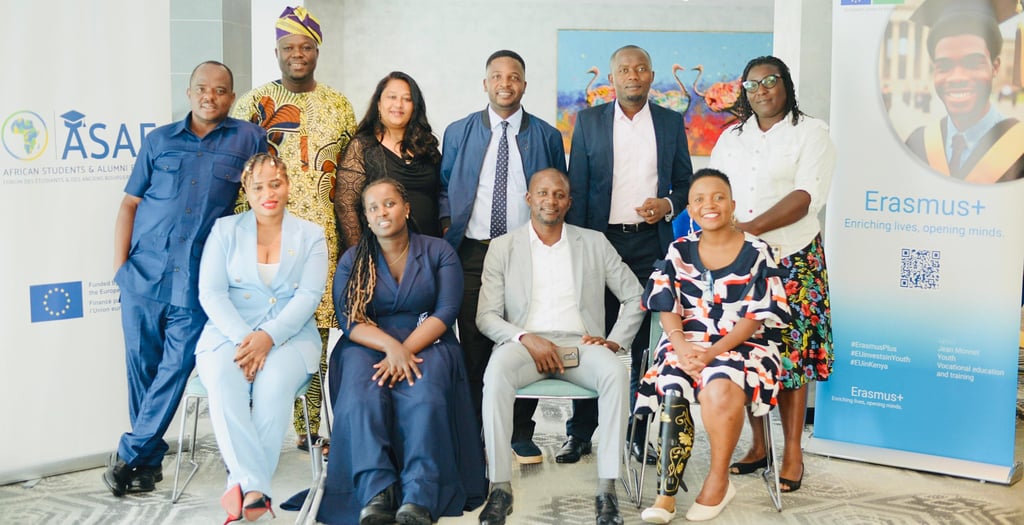

💡 Rethinking Inclusion Beyond Obligation
Too often, diversity and inclusion are approached as institutional or political requirements.
But during this training, we invited participants to embrace a different perspective:
What if diversity and inclusion became a habit, a daily reflex, or even a personal safety net?
After all, no one is immune to becoming vulnerable at some point in their life.
And when that moment comes, the inclusive systems we’ve built for others might become the very ones that protect us in return.
🔄 Co-creation as a Foundation for Sustainable Inclusion
As a former member of ASAF's Board of Directors, I shared insights from my experience to emphasize a key principle:
Inclusive training isn’t something you deliver—it’s something you co-create.
Tools, methods, and teaching approaches must be grounded in lived experiences, local realities, and dialogue, especially on a continent as diverse and complex as Africa.
🌍 The African Context: Words Matter
In many African societies, the concepts of diversity and inclusion can be sensitive, complex, or misunderstood.
If not carefully framed, a training session may unintentionally highlight divides rather than help bridge them.
That’s why we emphasized:
Careful choice of language
Adaptation of tools to the context
Sensitivity in the terminology used
And above all, the belief that inclusion is the ultimate goal
🔍 Looking Beyond What’s Visible
I intentionally chose not to list categories (gender, disability, language, etc.), because diversity isn’t only about what we can see.
It is multifaceted, often invisible, and yet always present.
The real challenge lies in asking the right question:
“How can I ensure that everyone feels included—here and now?”
Each individual has different needs—and it is our responsibility to recognize and respond to them.
🤝 Final Reflections
This training reaffirmed one of my deepest convictions:
Inclusion is not a luxury or a bonus, it is a structural necessity, a human value, and a driver of collective resilience.
A heartfelt thank you to all the participants for their engagement, testimonies, and authenticity.
And a special thanks to Mildred for her co-leadership and the energy she brought to this process.
#Diversity #Inclusion #Leadership #Training #Africa #ASAF #CoCreation #Equity #RespectForDifferences #Nairobi #Kenya
